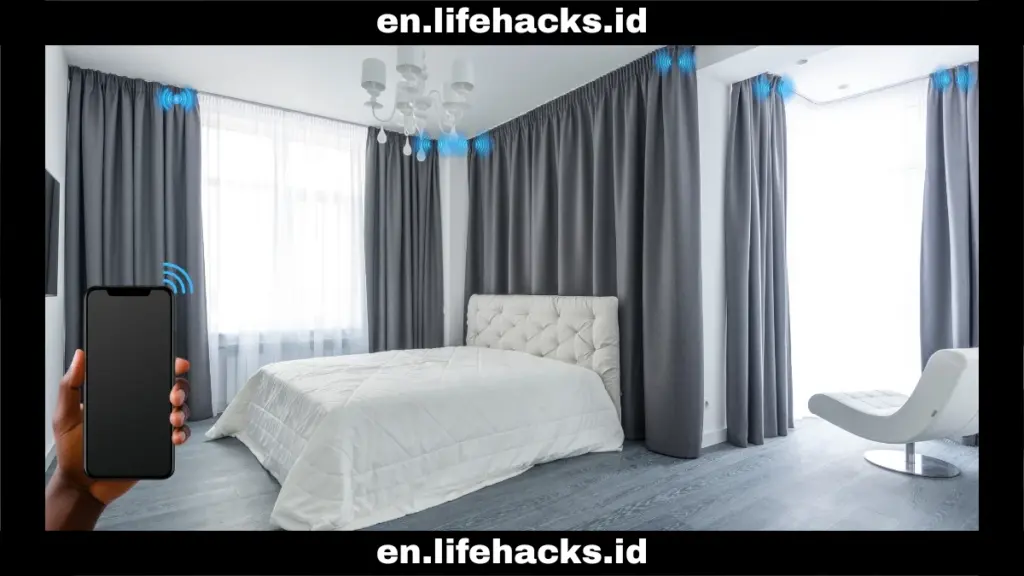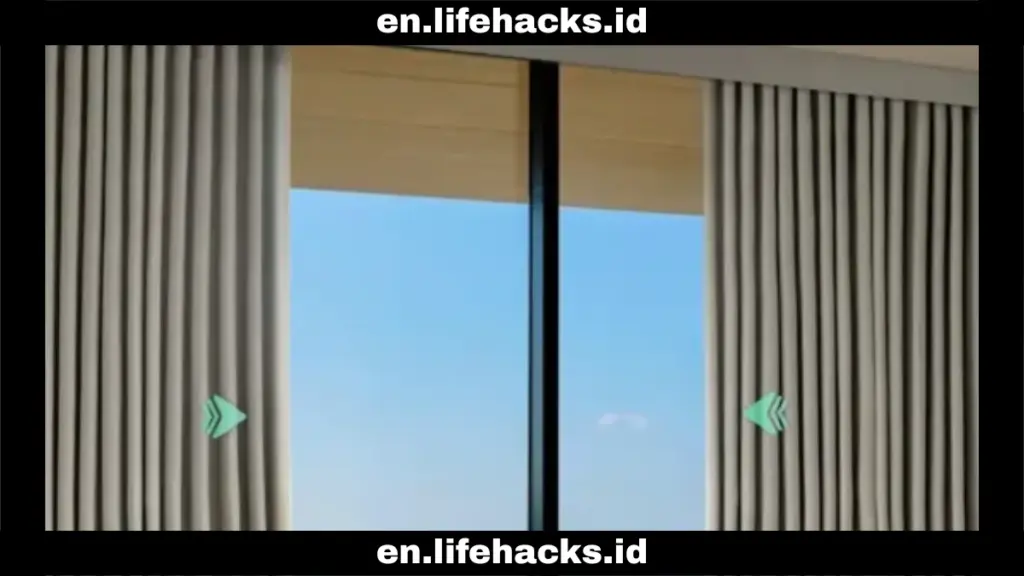Using smart curtains means providing a large automation system in your home with integration into the smart home ecosystem. At night, the curtains will automatically close, and you can wake up to the morning sun shining into your room. This can be done without having to get up to open or close the curtains.
This automated system is inseparable from how smart curtain work. It is the result of a combination of automated technology and smart control systems. Instead of manually pulling a cord, everything can be controlled and set through a smartphone app.
This process may seem simple, but it actually involves a combination of mechanical and electronic components working together in one system. To satisfy your curiosity, let’s discuss how smart curtain work.
Understanding the Components that Support The Operation

Understanding how smart curtain work cannot be separated from knowing what components are behind them. These smart devices are supported by four components, namely a drive motor, automatic rails, a control module, and additional sensors.
The drive motor replaces human power to move the curtains. The drive motor works in conjunction with automatic rails installed above the window, equipped with a small wheel mechanism. The motor pulls this wheel, allowing the curtains to open or close as commanded.
The control module is a component that uses a WiFi connection to connect the curtains to a smartphone or other smart home devices. Meanwhile, additional sensors (light or timer) are only available in certain types of smart curtains. Their function is to automatically adjust the curtains according to sunlight conditions.
How Smart Curtain Work
Now that you know the components that support this smart device, let’s take a closer look at how smart curtain work.
The system receives commands
The smart curtain process begins with the command you give. The system will receive the command you send via a smartphone app, remote control, or voice command. The instructions can be to close or open the window. Some models can also be commanded to control the intensity of light.
Control module processes commands
The first component to process the given command is the control module. This component will translate the command, which will then activate the motor. For example, when you command the curtain to close, the module will activate the motor to move in a certain direction.
The motor moves according to the command

Once the motor understands the command translated by the module, it will move on the automatic rail. The blinds move automatically on the rail smoothly to the left or right according to the command (opening or closing the blinds). The blinds move smoothly because of the rail, which acts like a train track.
Integration with sensors
Some smart curtains are equipped with light sensors to operate automatically according to light intensity. With this sensor, you no longer need to command the device to work because it will do so automatically.
The control module will receive signals from the morning sunlight to open the curtains. Conversely, the module will command the motor to close the curtains when the sunlight fades in the afternoon.
Remote control and automatic scheduling

WiFi connectivity allows smart curtains to connect to the internet for remote control. You can simply open the app on your smartphone to give commands from anywhere.
In addition to remote control, you can set automatic scheduling to adjust the intensity of light entering your home. For example, you can set the curtains to open fully at 6 a.m., partially open at 12 p.m., and close completely at 6 p.m.
That’s how smart curtain work, combining electric motors, automatic rails, control modules, and sometimes light sensors. This system allows for remote control, automatic scheduling, and light sensors that can work without commands.
Understanding how it works makes you realize that there are many benefits behind this smart device in providing convenience, comfort, and security. Furthermore, this smart device provides higher energy efficiency by regulating temperature and lighting to avoid excessive usage.


